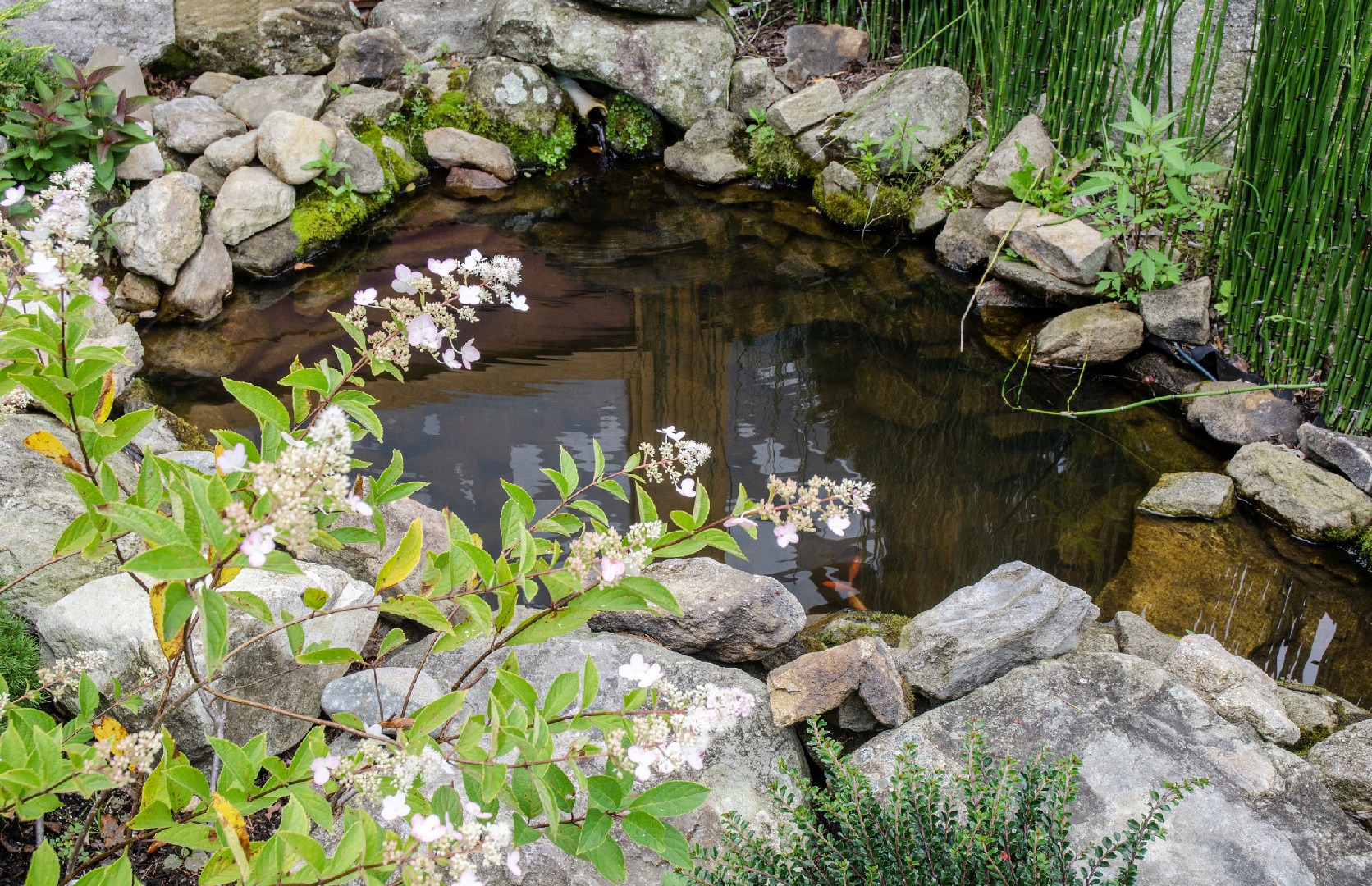
Planning Your Garden: Key Elements to Embrace the Wild
Designing a wildlife-friendly garden with a natural touch is not just about creating a beautiful space; it is about creating a thriving ecosystem that supports and nurtures local wildlife. When planning your garden, there are several key elements that you should embrace to ensure that your garden is a welcoming habitat for a variety of creatures.
First and foremost, it is important to understand your garden's eco-conditions, such as the soil, sunlight, and climate. This knowledge will help you choose suitable plants that can thrive in your garden and provide food and shelter for various wildlife species. For example, if you have a sunny spot with well-drained soil, you could consider planting lavender, which attracts bees and butterflies with its fragrant flowers.
In addition to selecting the right plants, creating welcoming habitats is crucial for attracting wildlife. One essential element is providing a source of water. This can be as simple as a shallow birdbath or a small pond. By providing water, you are not only quenching the thirst of birds and other animals but also creating an inviting space for them to bathe and drink.
Another important aspect of creating wildlife-friendly habitats is offering shelter. This can be achieved by incorporating features such as birdhouses, bat boxes, or even piles of rocks and logs. These provide safe spaces for animals to rest, hide from predators, or raise their young. Creating a range of habitats, such as leaf piles, dense shrubs, and tall grasses, will attract a diverse range of wildlife, from insects to mammals.
Lastly, incorporating native plants into your garden is essential for sustaining local pollinators and wildlife. Native plants have evolved alongside local wildlife and are best suited to support their needs. They provide nectar-rich flowers for pollinators, food sources for caterpillars, and berries for birds. By planting native species, you are helping to conserve biodiversity and protect the delicate balance of your local ecosystem.
When designing your wildlife-friendly garden, consider these key elements: understanding your garden's eco-conditions, creating welcoming habitats with food, water, and shelter, and incorporating native plants. By embracing these elements, you will not only create a beautiful and thriving garden but also play a vital role in supporting and conserving local wildlife. Take the first step towards creating a wildlife oasis in your own backyard and let nature flourish in all its untamed bliss.









